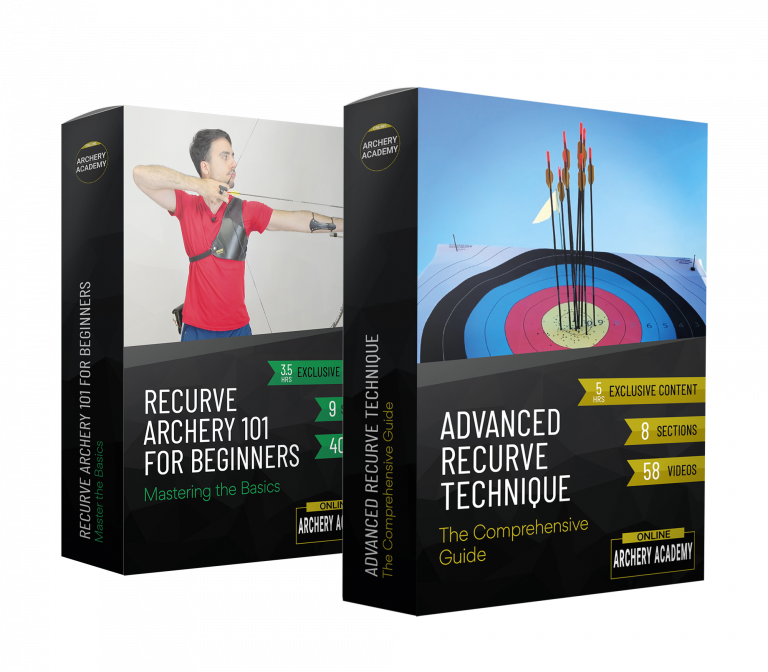Archery Bow and Draw Hand Position (Part 2)
First things first…
This is the second post in a two part series. Make sure you check out Bow Hand and Draw Hand Position Part 1.
Points 1 to 3 are in Part 1, now let’s take a look at the other key points that you should consider when you work on your set position.
KEY POINT 4: SHOULDER ALIGNMENT
To start with, let’s think about Golf. Stick with me here, it will all make sense in a minute.
Imagine a golfer stepping up to the ball and preparing to hit a drive. Every golfer executes a backswing before hitting the ball. No golfer simply hits the ball from a dead standstill because the backswing is essential to enable a good drive.
Now let’s think about shoulder alignment at the set position.
It is an extremely common mistake to try and forcefully align the shoulders at the set position. It comes as a natural tendency to many archers. If you’re trying to align the shoulders and this is an area you struggle with, it feels quite secure to try and force the shoulders into alignment at the set position. In contrast, aligning the shoulders as you draw the bow is a complex movement to learn.
If you’re a beginner there is a lot to focus on during the shot. It can be easy to think that the way to achieve good shoulder alignment at full draw is to simply set your shoulders early on and keep them there. Some archers may even have been taught that they are ‘pre-aligning’ the shoulders and it will make their full draw alignment better.
The truth is actually the opposite. At the set position your shoulders should be slightly open to the target to give you room to move while you open and draw the bow.
Returning to our golf analogy, if you over-align the shoulders at the set position you will be doing the equivalent of trying to hit a golf ball with no backswing. You will have no room for movement and no power as you open and draw the bow. Simply put, you’ll have nowhere to go.
You can see this in action in the video below. The top example (incorrect) shows a focus on aligning the shoulders more at the set position, this also forces the draw hand closer to the bow shoulder. The bottom example (correct) shows a shot where the shoulder alignment is created during the opening and drawing of the bow.
KEY POINT 5: PREDRAW
Take a look at the pictures below, these are the same ones that we used in Part 1 of this guide to illustrate the importance of directing your hook properly.
However, these pictures also demonstrate another key point: it is important not to pre draw the bow too much. The left picture shows how a large pre-draw compromises the body. It forces the draw hand too close to the bow shoulder as we spoke about in Part 1 of this series. However, most critically it kinks the draw wrist and makes it almost impossible to connect your hook to your draw elbow and back.
The picture on the right shows a much better example. The pre-draw is used only to place slight tension on the string and secure the grip and hook without compromising the rest of the shot. The draw hand is slightly further from the bow shoulder which is better too.
Having an exaggerated pre draw often goes together with trying to align the shoulders too much at the set position. It’s important to leave room to move, for your shoulder alignment and to draw the bow.
KEY POINT 6: UNDERSTAND HOW A HEAVY MASS WEIGHT BOW AFFECTS THE SET POSITION
Let’s start with the big picture. As an extremely general rule, a light ‘classic’ stabiliser set up is quite well suited to lifting the bow from the foot whereas a heavy ‘back-weighted’ stabiliser set up is quite well suited to resting the bow on the leg.
When I say a ‘classic’ stabiliser set up, I am talking about something like 10 or 12″ side rods and a 5″ extender with more weight on the longrod than the side rods. This will typically want to jump forwards in your hand when you release.
When I talk about a heavy, ‘back-weighted’ set up I mean something like 15″ side rods, no extender and the same or more weight on the side rods than the long rod. Typically this will be much more neutral and not jump to the target on release.
Many archers shoot their bow with lots of added mass weight. We don’t recommend shooting a heavy set-up but if you still choose to, then for many people it is better to rest the bow limb on the leg and raise the bow from this position rather than raising the bow from the foot. This is because it is very hard to set the grip, hook and balance when lifting a heavy mass weight bow from the foot. It is much easier to place the bow on the leg instead and raise from there.
To read more about the fine details of the set position, you can also read our guide: Recurve Technique – The Set Position.
The Fastest Way to Learn Archery
Save years of frustration and improve your technique and scores today. Without spending thousands on equipment or travelling hours for coaching. Plus OAA readers get 20% off.
Expert step-by-step guidance, lifetime access and a 100 day money-back guarantee, no questions asked.

